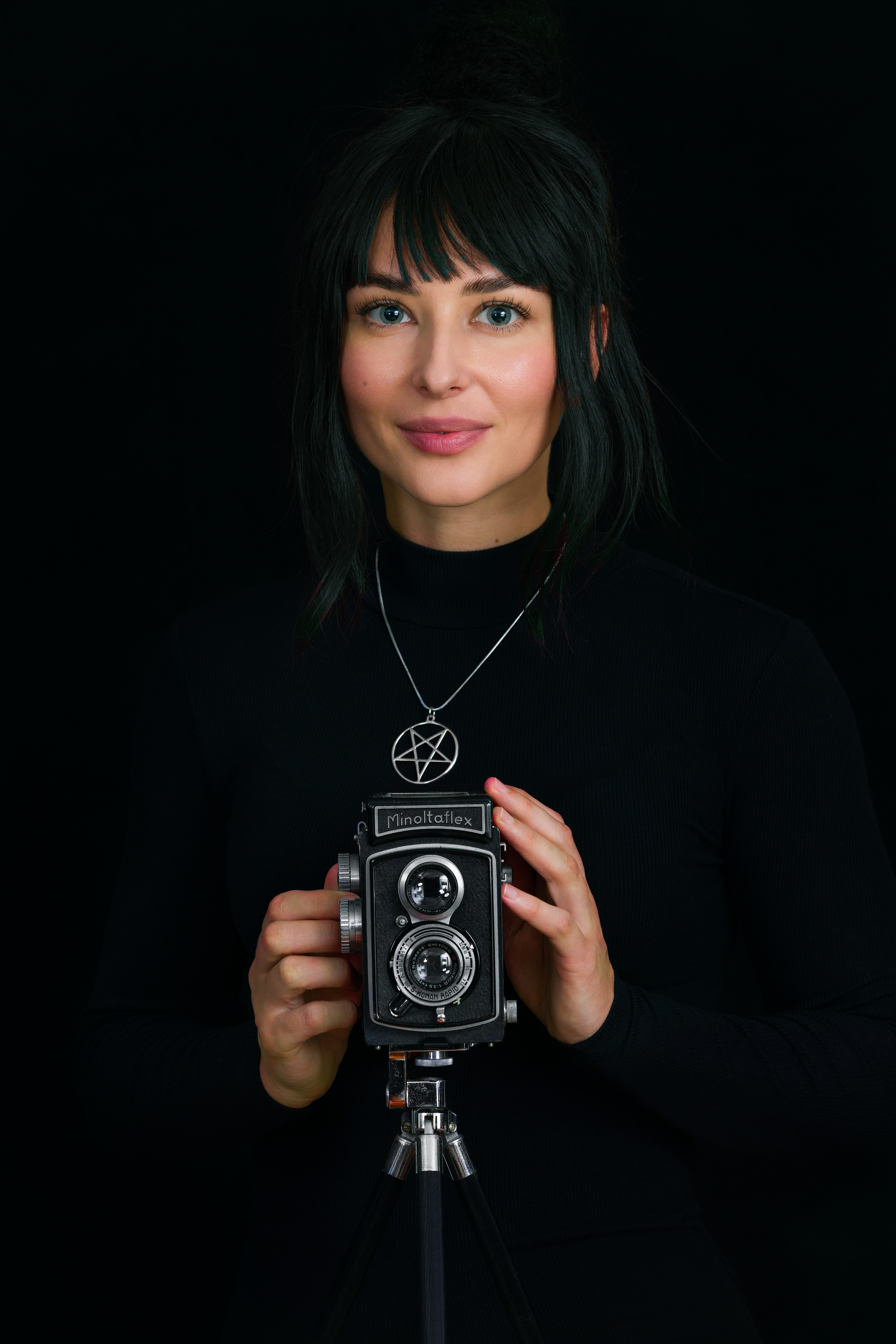The Role of Drones in Modern Photography
- Victoria Shamrock

- Sep 29
- 4 min read
Drones have revolutionised the way we capture images and videos, offering perspectives that were once impossible or prohibitively expensive. The rise of drone photography has transformed industries such as real estate, tourism, agriculture, and filmmaking. This technology allows photographers and businesses to explore new creative horizons and deliver stunning visuals from the sky.
Understanding the Impact of Drone Photography
Drone photography involves using unmanned aerial vehicles equipped with cameras to capture images from elevated viewpoints. This method provides unique angles and expansive views that traditional photography cannot achieve. The ability to hover and manoeuvre in tight spaces enables photographers to frame shots with precision and creativity.
One of the key advantages of drone photography is its versatility. Whether capturing sprawling landscapes, architectural details, or dynamic events, drones offer a fresh perspective. For example, real estate agents use aerial shots to showcase property layouts and surroundings, helping potential buyers visualise the space better. Similarly, event organisers can document large gatherings or outdoor festivals with sweeping panoramic views.
The technology behind drones has also improved significantly. Modern drones come with stabilised gimbals, high-resolution cameras, and intelligent flight modes that assist in capturing smooth, professional-quality footage. This accessibility has made drone photography a popular choice for both amateurs and professionals.

Key Techniques and Tips for Effective Drone Photography
To maximise the potential of drone photography, understanding some essential techniques is crucial. Here are practical tips to help capture compelling aerial images:
Plan Your Shots: Scout the location beforehand and consider the best time of day for lighting. Early morning or late afternoon often provides soft, warm light that enhances textures and colours.
Use Manual Camera Settings: Adjust ISO, shutter speed, and aperture to control exposure and avoid overexposed skies or underexposed shadows.
Experiment with Angles: Try different heights and angles to find the most interesting composition. Low altitude shots can highlight details, while higher altitudes reveal broader scenes.
Incorporate Leading Lines: Use natural or man-made lines such as roads, rivers, or fences to guide the viewer’s eye through the image.
Mind the Weather: Clear skies are ideal for vibrant colours, but overcast conditions can reduce harsh shadows and create a moody atmosphere.
Follow Regulations: Always comply with local drone laws and safety guidelines to avoid legal issues and ensure safe operation.
For businesses looking to enhance their visual content, partnering with professional aerial drone photography services can provide expert results and save time.

How much to charge for aerial drone photography?
Pricing aerial drone photography depends on several factors including the complexity of the shoot, location, equipment used, and post-processing requirements. Here’s a breakdown to help set competitive and fair rates:
Basic Hourly Rate: Many drone photographers charge between $150 to $300 per hour. This includes flight time, setup, and basic editing.
Project-Based Pricing: For larger projects such as real estate portfolios or event coverage, flat fees ranging from $500 to $2000 or more may apply depending on deliverables.
Additional Costs: Consider expenses like travel, permits, insurance, and specialised equipment which may increase the overall price.
Post-Processing: Advanced editing, colour grading, and creating composite images can justify higher fees.
Licensing and Usage Rights: Clarify how the images will be used and charge accordingly for commercial or exclusive rights.
Offering packages that combine aerial shots with ground-level photography can also attract clients looking for comprehensive visual solutions. Transparency in pricing and clear communication about what is included will build trust and encourage repeat business.

Applications of Drone Photography Across Industries
Drone photography is not limited to creative arts; it has practical applications across various sectors:
Real Estate: Showcasing properties with aerial views highlights features like gardens, pools, and neighbourhoods.
Construction and Infrastructure: Monitoring progress, inspecting hard-to-reach areas, and creating time-lapse videos.
Agriculture: Assessing crop health, irrigation systems, and land management from above.
Tourism and Travel: Promoting destinations with breathtaking aerial shots that attract visitors.
Environmental Conservation: Tracking wildlife, mapping terrain, and monitoring deforestation or natural disasters.
Media and Entertainment: Filming dynamic scenes for movies, commercials, and documentaries.
Each application benefits from the unique vantage point drones provide, enabling more informed decisions and captivating storytelling.
Future Trends in Drone Photography
The future of drone photography looks promising with ongoing advancements in technology. Some trends to watch include:
AI and Automation: Drones equipped with artificial intelligence will be able to autonomously capture complex shots and track subjects with minimal human input.
Improved Camera Quality: Higher resolution sensors and better low-light performance will enhance image quality.
Swarm Technology: Coordinated groups of drones working together to create multi-angle shots or large-scale light shows.
Integration with Virtual Reality: Combining drone footage with VR to create immersive experiences for viewers.
Sustainability Focus: Using drones for environmental monitoring and reducing the carbon footprint of traditional aerial photography methods.
Staying updated with these trends will help photographers and businesses leverage drone technology effectively.
Exploring the role of drone photography reveals its transformative impact on visual media. Whether for creative projects or commercial purposes, drones offer unparalleled opportunities to capture the world from new heights. Embracing this technology with skill and innovation will continue to shape the future of photography.




Comments